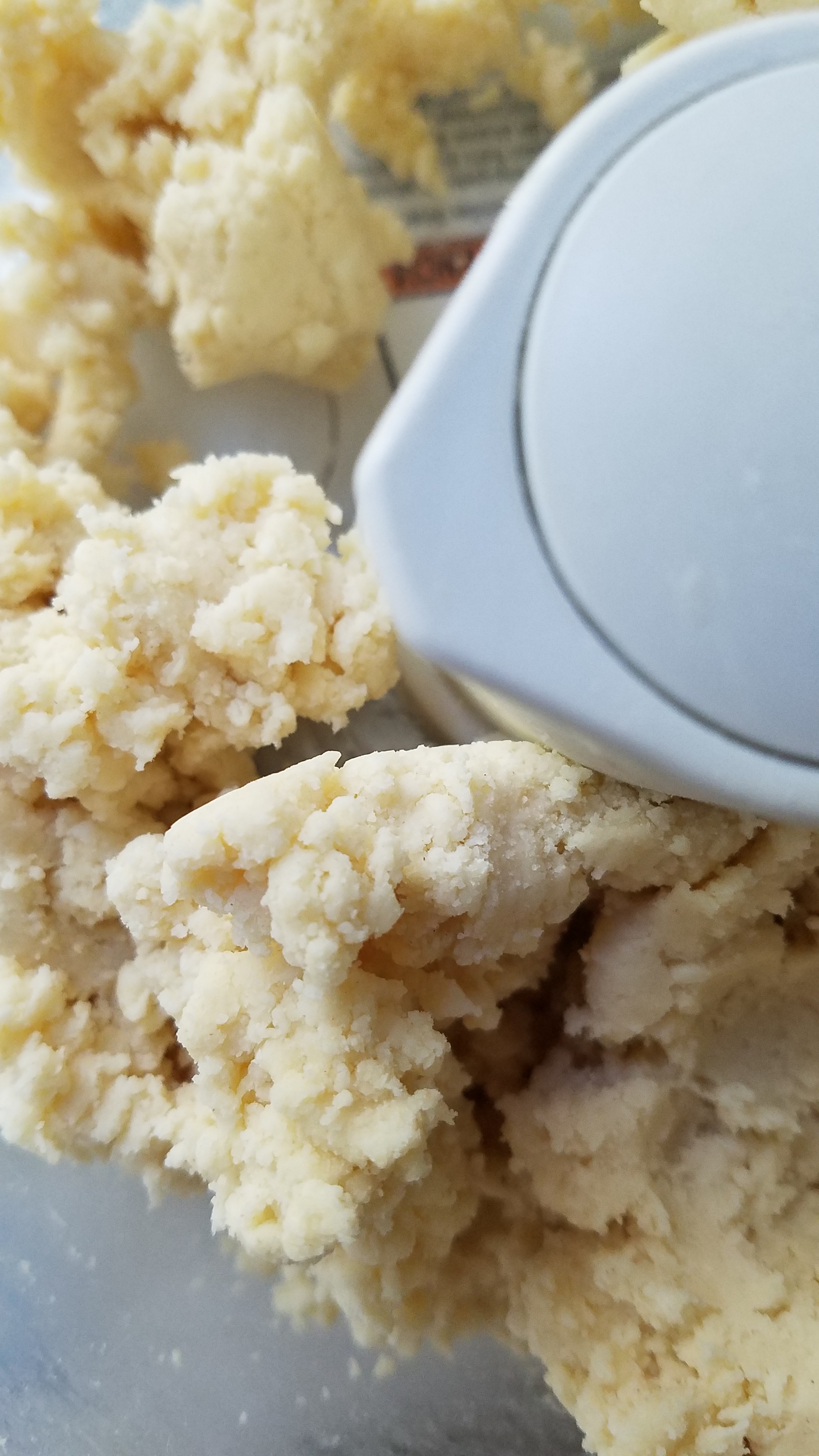Vintage Pies and Pastry Recipes
Joan Crawford in “Mildred Pierce”
In this post, you’ll find a lovely variety of adapted vintage recipes, rules, and “how to’s for making pie crusts and pastries to make from scratch. Included in this article are:
General Rules for Making Pastry - Plain Pastry - Double Crust Pies - One Crust Pies - Pastry Shells - and - Fruit Deep Pies
Also for your convenience, here is our link to Baking temperatures:
GENERAL RULES FOR MAKING PASTRY
Photo via milly and dottie’s imporium.
PLAIN PASTRY
The plain pastry recipe shown here is the same recipe you can use for the rest of the crusts in this post. You may need more in amount of dough depending on the size and type of crust you are making.
The flour used should be a fine, soft, starchy flour. Any good shortening may be used. Everything must be at a low temperature. Handle pastry as little and as lightly as possible. Chill pastry when possible before shaping into pies.
Sift together one and one-half cupfuls pastry flour, one-half teaspoonful baking powder and one-half teaspoonful salt.
Cut into the flour one-half cupful shortening. Use two knives and work until the whole resembles a coarse meal. (This can actually be done with your fingers if you don’t have hot hands. Or, if you have a food processor, since we live in a modern world, a food processor will do the trick. HOWEVER watch it close because it will only take seconds and you must pulse.)
Gradually add cold water (up to half cup should do) to make a stiff dough. Chill pastry for one hour if possible.
Turn on to a slightly floured molding surface and pat the pastry into a long narrow sheet one-quarter inch thick.
Roll up like a jelly roll and cut off as needed from the roll.
Here are photos to help you along as to what your dough should look like during the various stages. We’ve used a food processor for speed however it’s still super easy to make by hand. CLICK ON A PHOTO BELOW FOR A LIGHT-BOX VIEW AND HOVER OVER EACH PHOTO FOR THEIR DESCRIPTIONS.
DOUBLE CRUST PIES
Cut off enough pastry for the under crust. Roll to about one-eighth inch in thickness and a little larger than the pie plate.
Fold the sheet of pastry in half and place on pie plate. Then unfold pastry.
Press lightly to fit pie plate and trim edges.
Fill lined plate with thinly sliced fruits as apples, rhubarb or peaches, fresh or canned berries as gooseberries, blueberries, cherries, etc. Sprinkle with sugar to sweeten. Watery fruits as cherries, blueberries and rhubarb should have about two tablespoonfuls of flour sprinkled over the surface before putting on top crust.
Roll out top crust one-eighth inch in thickness and one inch larger than plate.
Fold in half, make three slits one-half inch in length on center edge of folded side.
Moisten edge of lower crust with a little water and place upper crust in position and trim, leaving one inch on all sides.
Carefully fold and press down upper crust under lower crust all around the edge. Finish by making marks with tines of fork.
Bake pies according to the temperature chart. See link at end of article.
ONE CRUST PIES
Roll out pastry, fold, and line pie plate as for double crust pie leaving one inch over edge. Do not stretch the pastry.
Fold back the edge of the pastry all the way around and bring double fold to upright position.
Flute the double fold of pastry in the following manner:
Place the index finger of the left hand against the fold on the inside so that it is between the tips of the thumb and index finger of the right hand, which are placed on the outside of the fold. Press firmly close to the pie plate with the thumb and index finger of the right hand. Remove the fingers and continue fluting around entire rim of pie. Pour in uncooked filling and bake.
PASTRY SHELLS
For a pie in which the filling has been previously cooked as in the case of lemon pie, line a plate as directed for one crust pie. Flute edge.
Prick with a fork the entire bottom and side surface of the crust to prevent bubbles from forming during baking. Bake.
The paste may be placed over the back of a pie plate or for individual shells over the backs of muffin tins and baked. This kind of a shell holds the shape well but can not have the attractive fluted rim.
For individual shells. cut circles and form over the back of your muffin tin and bake.
FRUIT DEEP PIES
Any fruit may be used in a deep pie; peaches and apples are particularly good.
Mrs. Merry Berry’s Particularly Piggy Pear Pie
Prepare the fruit and put in deep baking dish, casserole or individual dishes. Season well with sugar and any spices desired. A little lemon juice and rind is good with apples. If fruit seems very juicy two tablespoonfuls flour may be added to each cupful of sugar used.
If fruit seems dry add a small amount of water.
Cover the pie with pastry rolled one-fourth inch thick. Cut several gashes in crust and “flute” edge as directed above. Bake.











